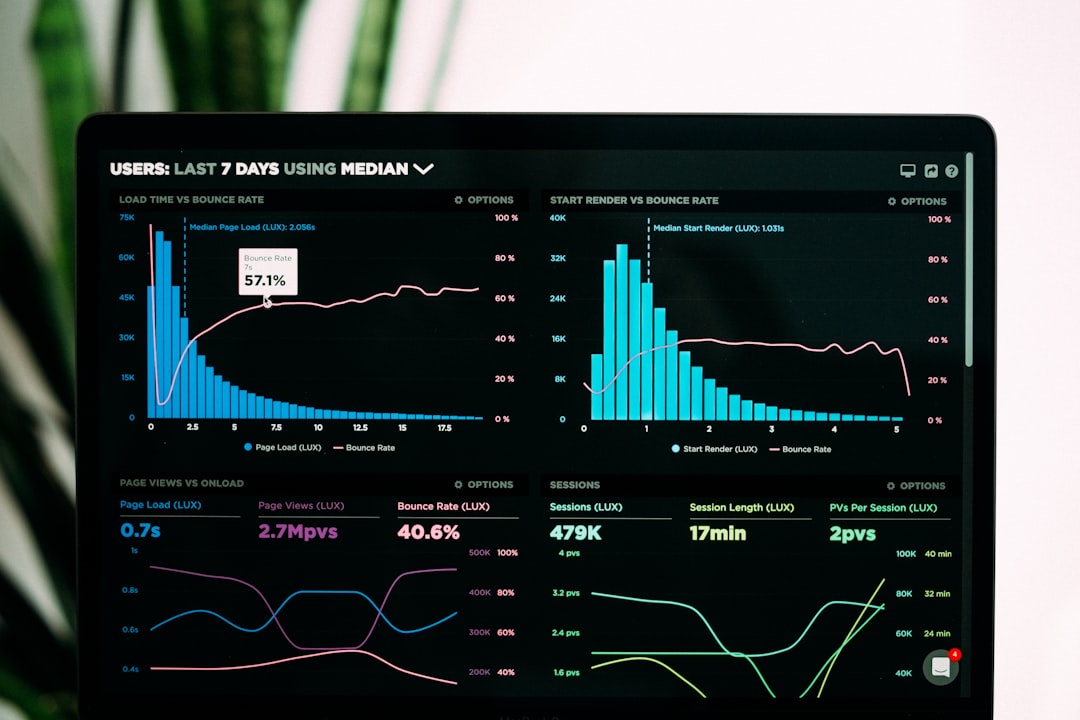
Understanding the Stock Market: A Comprehensive Guide
# Understanding the Stock Market: A Comprehensive Guide. The stock market serves as a fundamental cornerstone of modern economies, acting as a platform where buyers and sellers come together to trade ownership stakes in publicly traded companies. While the mechanics of the stock market can appear daunting at first, understanding its basic principles is crucial for anyone interested in investing or even just keeping tabs on their financial future. This guide aims to break down the complexities of the stock market, making it accessible even for beginners. ## What is the Stock Market?. At its core, the stock market is a marketplace for buying and selling shares of publicly-listed companies. When you purchase a share, you acquire a small piece of that company, entitling you to a portion of its profits and, in some cases, voting rights. Markets like the New York Stock Exchange (NYSE) and the NASDAQ enable this exchange, providing a structure where trading can occur efficiently. Investors participate in the stock market for two main reasons: to grow their wealth over time through capital appreciation and to earn income through dividends. Over the long term, the stock market has historically provided average annual returns of about 7-10% when adjusted for inflation, making it an attractive investment option compared to savings accounts or bonds. ## How the Stock Market Works: Key Concepts and Terms. To navigate the stock market effectively, investors need to familiarize themselves with some essential terms. Here are a few basic concepts that form the foundation of stock market trading: 1. **Stocks**: These are units of ownership in a company. The value of a stock fluctuates based on various factors, including company performance, market conditions, and investor sentiment. 2. **Bulls and Bears**: A bullish market indicates rising stock prices and investor confidence, while a bearish market reflects declining prices and investor pessimism. 3. **Dividends**: These are payments made by a company to its shareholders out of its profits. Companies that pay dividends are often seen as financially stable. 4. **Market Capitalization**: This reflects the total market value of a company's outstanding shares, calculated by multiplying the share price by the number of shares. 5. **Portfolio**: A collection of various investments owned by an individual or institutional investor, designed to achieve a certain risk-return profile. Understanding these terms sets the groundwork for further exploration into stock market strategies and analysis. ## Types of Stocks: Common vs. Preferred. Investors will typically encounter two main categories of stocks: common and preferred. - **Common Stocks**: By owning common stocks, investors gain voting rights and may receive dividends, but their claims come after preferred stockholders in the event of liquidation. These stocks tend to be riskier but offer higher growth potential. - **Preferred Stocks**: These stocks usually do not come with voting rights but offer fixed dividends, making them more stable. Preferred stockholders are prioritized over common stockholders when it comes to dividend payouts and liquidation. ## How to Invest in the Stock Market: Steps for Beginners. Investing in the stock market can be straightforward if approached methodically. Here are key steps for beginners: 1. **Educate Yourself**: Familiarize yourself with the basic concepts of stock trading and financial markets to make informed decisions. 2. **Set Investment Goals**: Define your financial objectives (short-term gains vs. long-term growth) to guide your investment strategy. 3. **Choose a Brokerage**: Research and select a brokerage that aligns with your needs, considering factors such as commission rates, accessibility, and user experience. 4. **Diversify Your Portfolio**: To mitigate risk, invest across different sectors and companies instead of putting all your money into one stock. 5. **Stay Informed**: Keep track of market trends, earnings reports, and economic indicators that might impact your investments. ## Risks and Rewards: Navigating the Stock Market. While the potential rewards of stock market investing can be significant, the risks are equally important to consider. Market volatility can lead to substantial losses if an investment is not carefully selected or if the market fluctuates unexpectedly. Therefore, understanding one’s risk tolerance is critical in determining the strategy and types of stocks to invest in. Risk management techniques, like utilizing stop-loss orders or reallocating investments during volatile periods, can also provide safeguards against market downturns. ## Conclusion: The Future of Stock Market Investing. The stock market has proven to be an effective avenue for building wealth over time, but it requires due diligence and continuous learning. As technology advances, new platforms and investment vehicles—such as robo-advisors and cryptocurrencies—emerge, altering the landscape of stock investing. Understanding the fundamentals of the stock market is essential, not just for new investors but for anyone looking to navigate this dynamic and influential financial ecosystem effectively. With the right approach, you can leverage the opportunities the stock market presents for your financial growth and future planning. Overall, educating oneself about the intricacies of the stock market can empower investors to make informed decisions, manage risks effectively, and capitalize on potential returns. .








